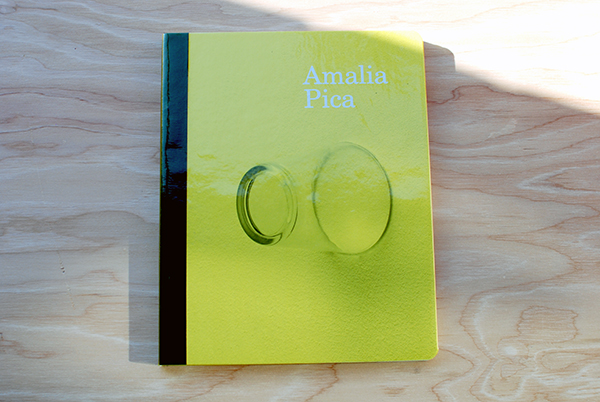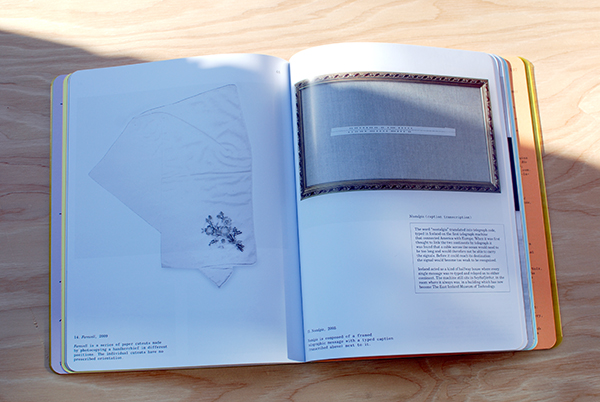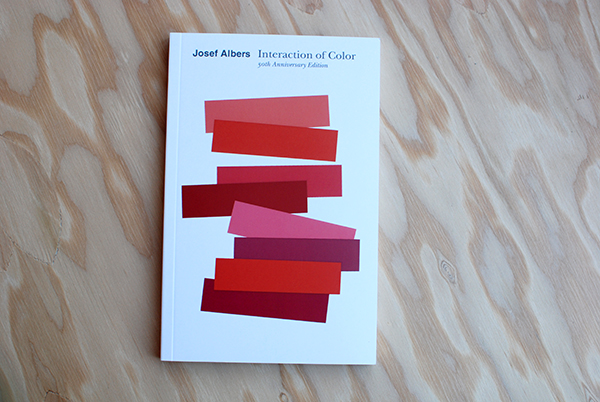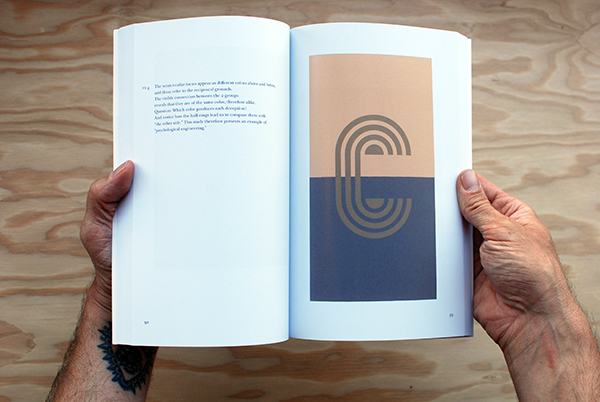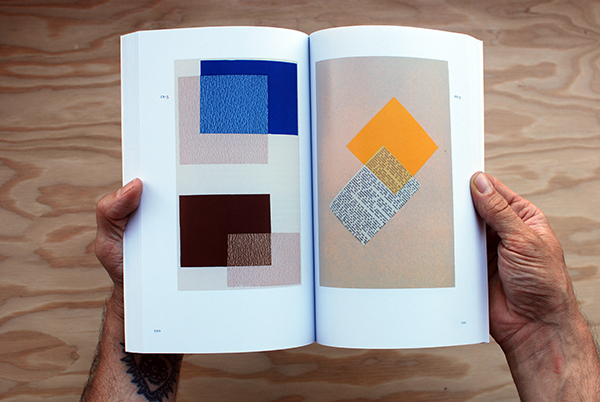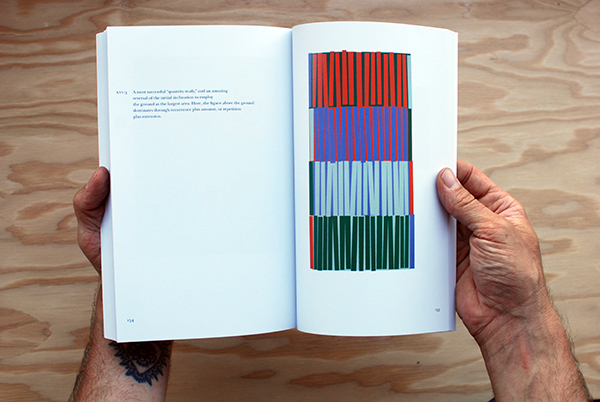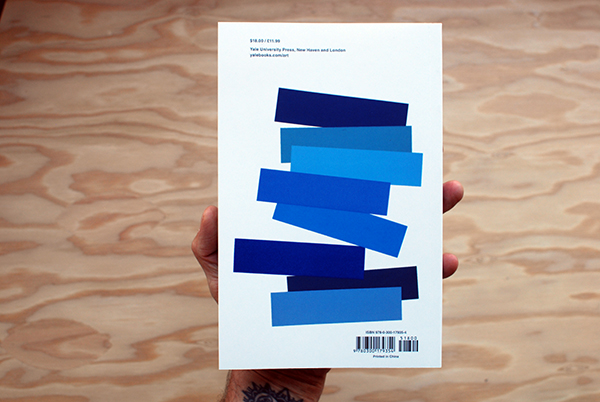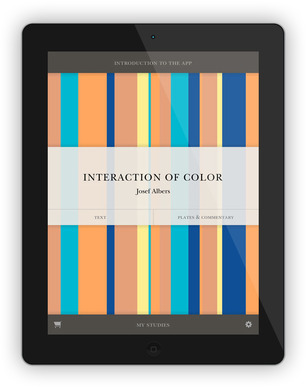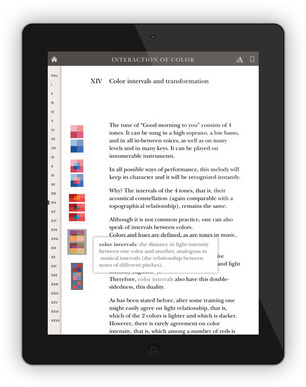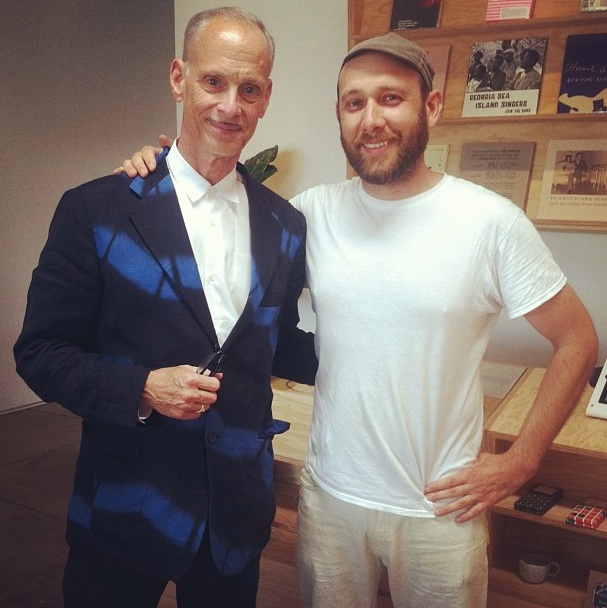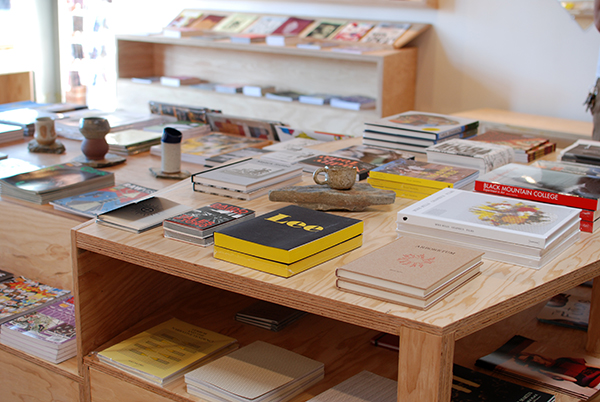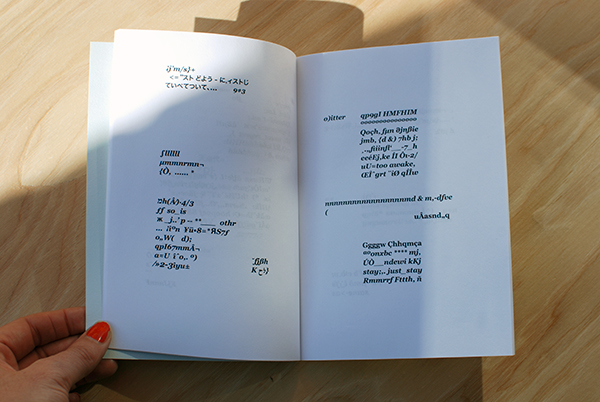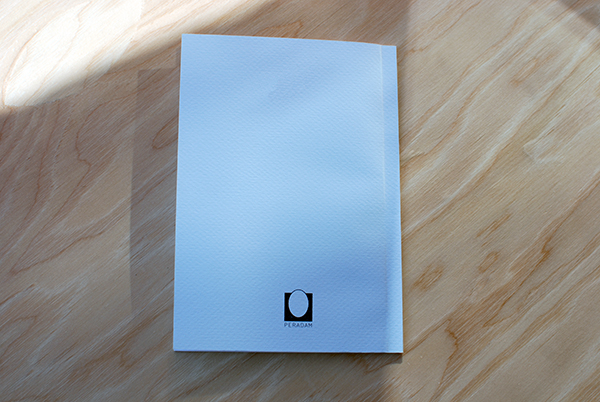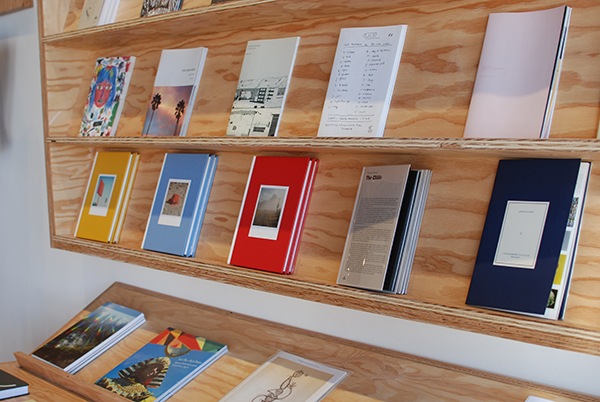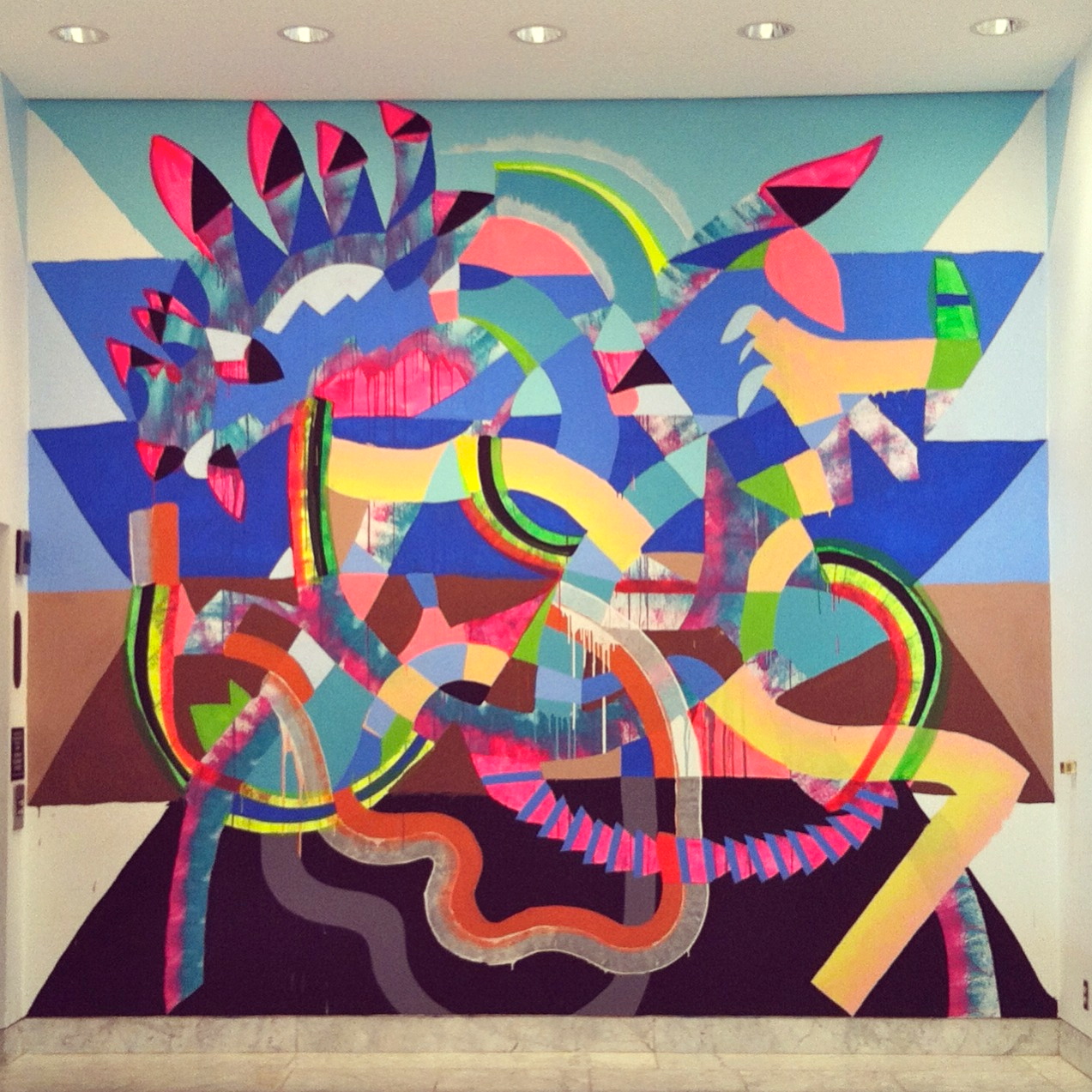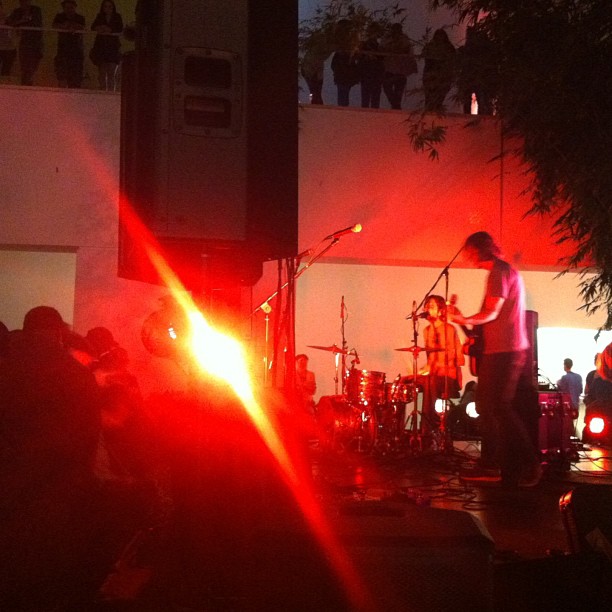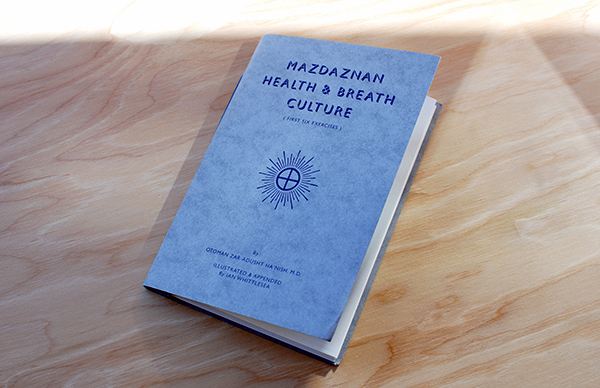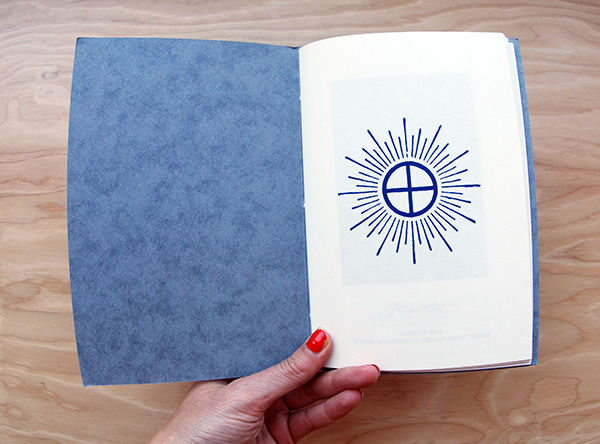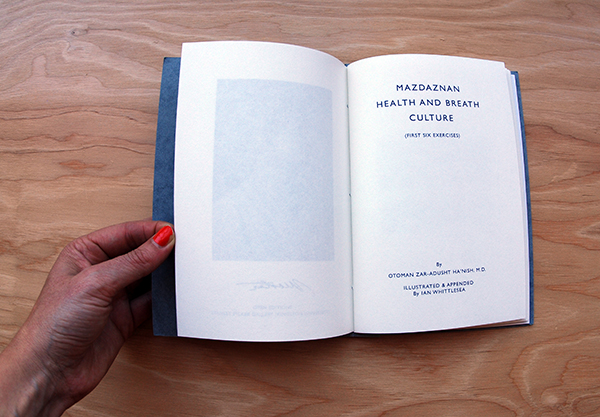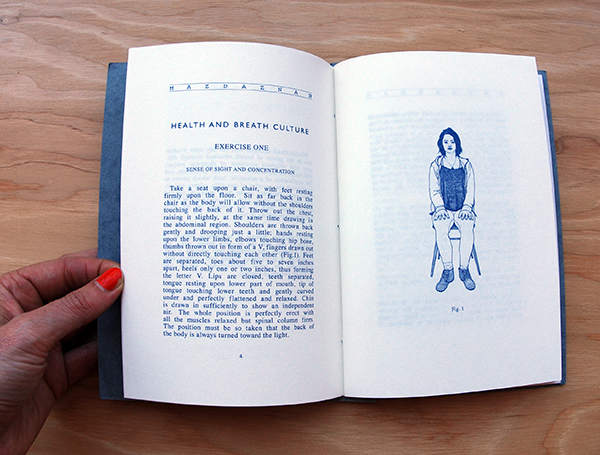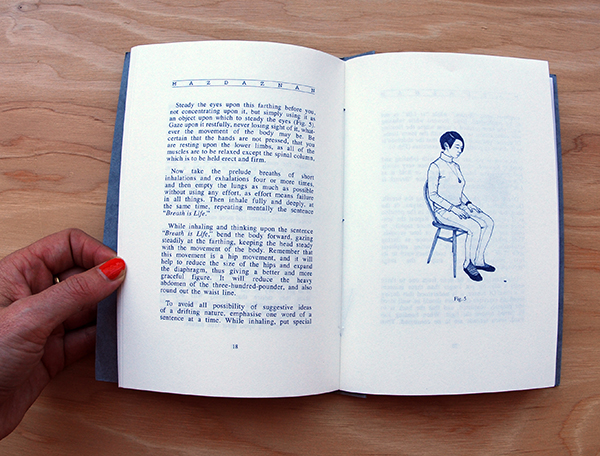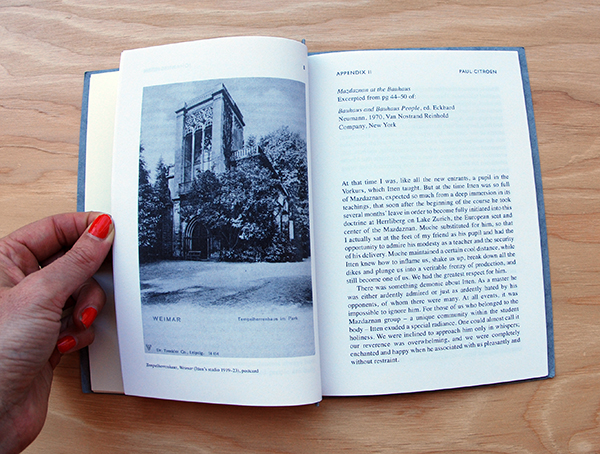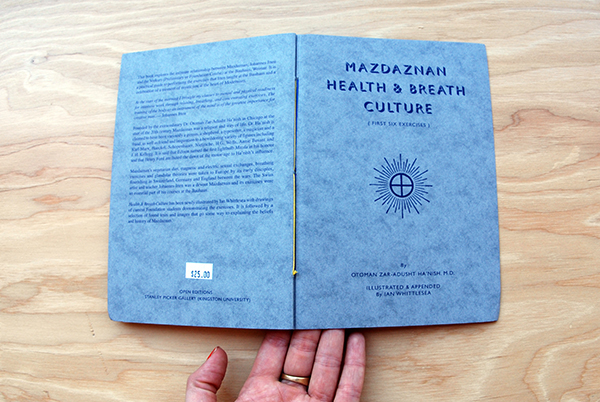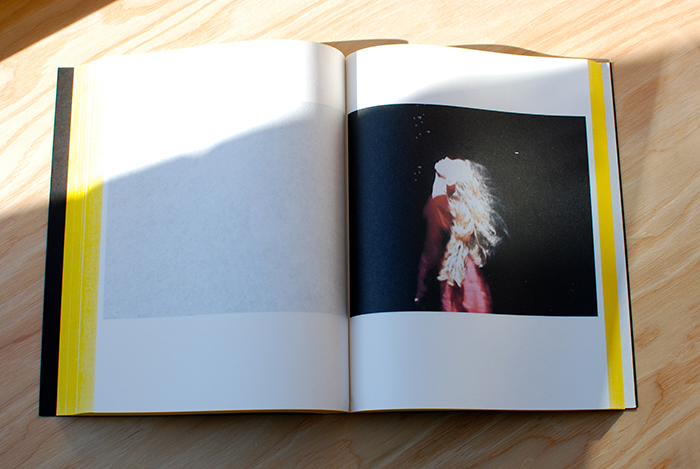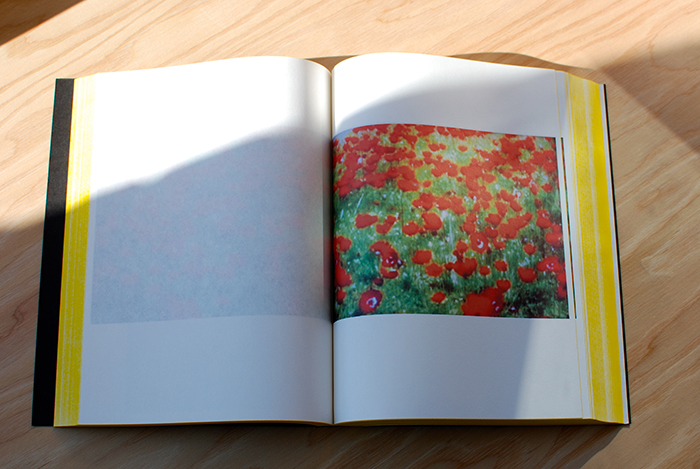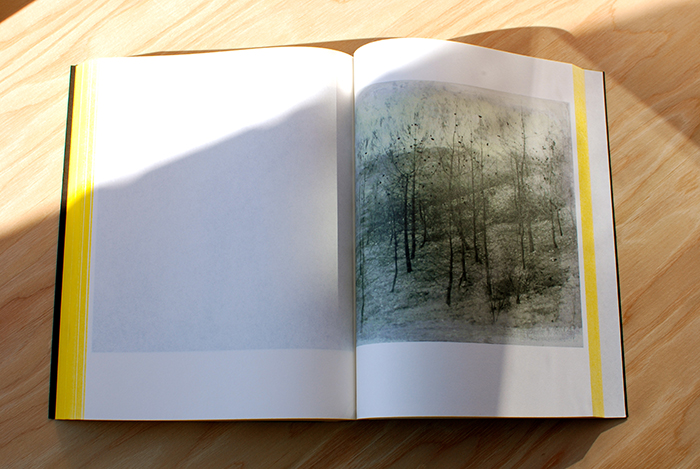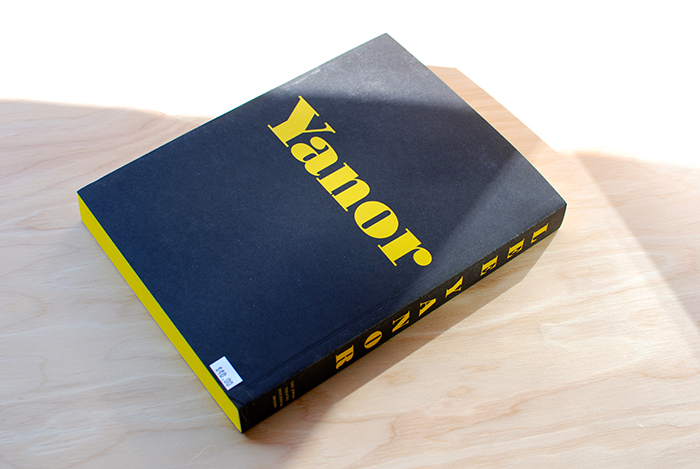It’s Friday! This week’s Friday Favorite post is on an exhibition catalog by the incredible London- based Argentinian artist, Amalia Pica. We’ve been fans of Pica’s work for awhile so when we heard about this publication coming out we couldn’t wait to get our hands on it.
The book began with her first major solo museum show, Amalia Pica at the MCA, where approximately fifteen of her most significant works from the last seven years, in addition to new commissions, were exhibited in the United States for the first time.
 Incorporating simple everyday objects and celebratory signifiers of celebration such as fiesta lights, flags and banners, confetti, rainbows, photocopies, lightbulbs, drinking glasses, beer bottles and cardboard Pica’s work is optimistic, colorful, poetic and beautiful.
Incorporating simple everyday objects and celebratory signifiers of celebration such as fiesta lights, flags and banners, confetti, rainbows, photocopies, lightbulbs, drinking glasses, beer bottles and cardboard Pica’s work is optimistic, colorful, poetic and beautiful.
Pica’s work is directly dealing with that the translation of symbolic language and motivated by how meaning is created and deciphered between the artist and the viewer.
With a similar creative energy curators João Ribas of MIT List Visual Arts Center, and Julie Rodrigues Widholm of the MCA came together to spearhead the publication with the goal of giving an in-depth look at the last ten years of Pica’s work. During this time Pica worked in close collaborative dialogue for the design and editorial process. The result is a strong visual and text based overview of her drawings, sculptures, large-scale photographic prints, slide projections, live performances and installations.
With 112 colorful pages, foldout sections, radius-cut board cover with foil-blocked buckram spine and a yellow transparent PVC dust jacket the publication exudes a high level of visual, conceptual and textural stimulation. The design feels synonymous with Pica’s work, and makes for an enjoyable way to experience Pica’s work. Even the transparent greenish-yellow PVC dust jacket mimics Pica’s use of coloured gels within her work.
All in all this is a fun, interesting publication, and a perfect overview for those interested in learning more about Pica’s work. Highly recommended.
Available for $30 in the & Pens Press online store here.
Amalia Pica
Project: Exhibition catalogue
Publisher: MCA Chicago, Artbook | DAP
Format: 203.2 × 254 mm (8 × 10 in)
112 pages with foldout sections
Radius-cut board cover with foil-blocked buckram spine, yellow transparent PVC dust jacket
Curators: João Ribas (MIT List), Julie Rodrigues Widholm (MCA Chicago)
Director of Publications: Kate Steinmann
Editors: Lisa Meyerowitz, Molly Zimmerman-Feeley
Designers: James Goggin, Scott Reinhard
Printing: Die Keure, Bruges
